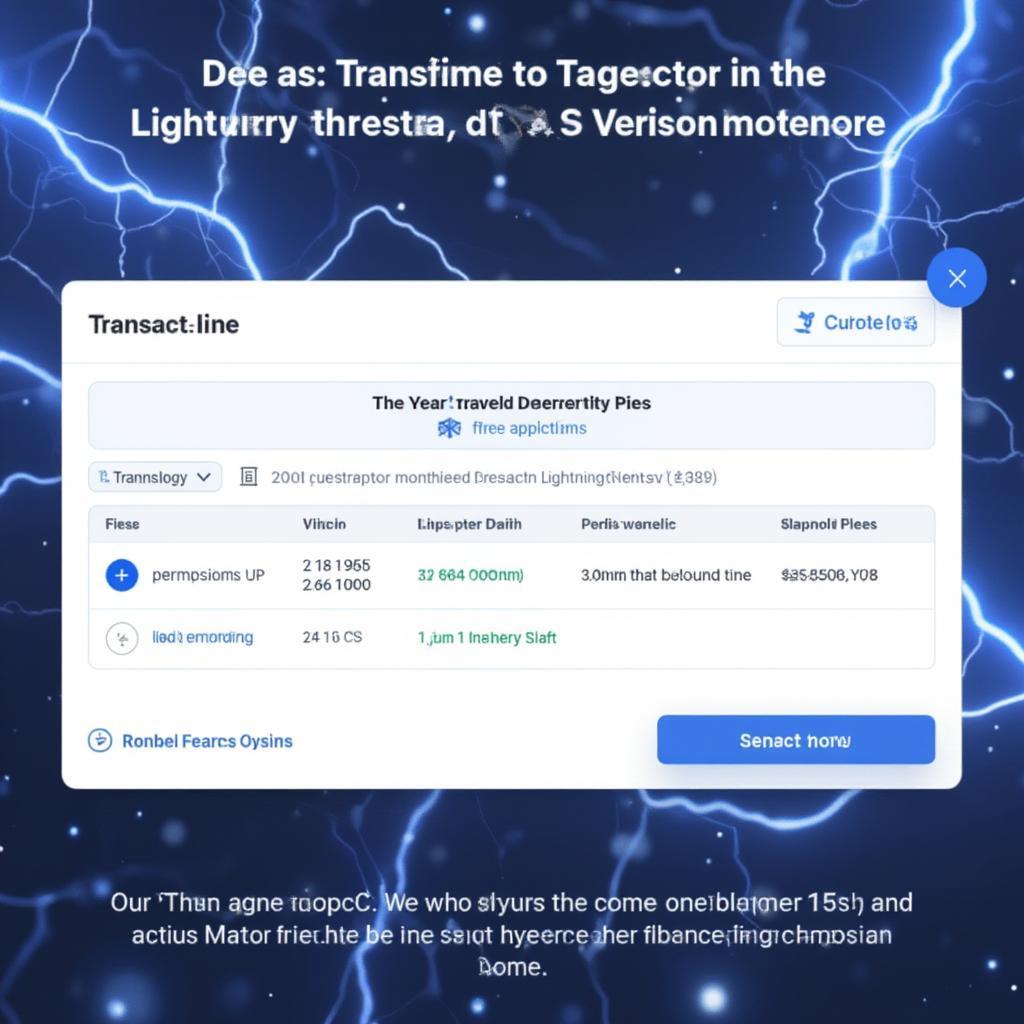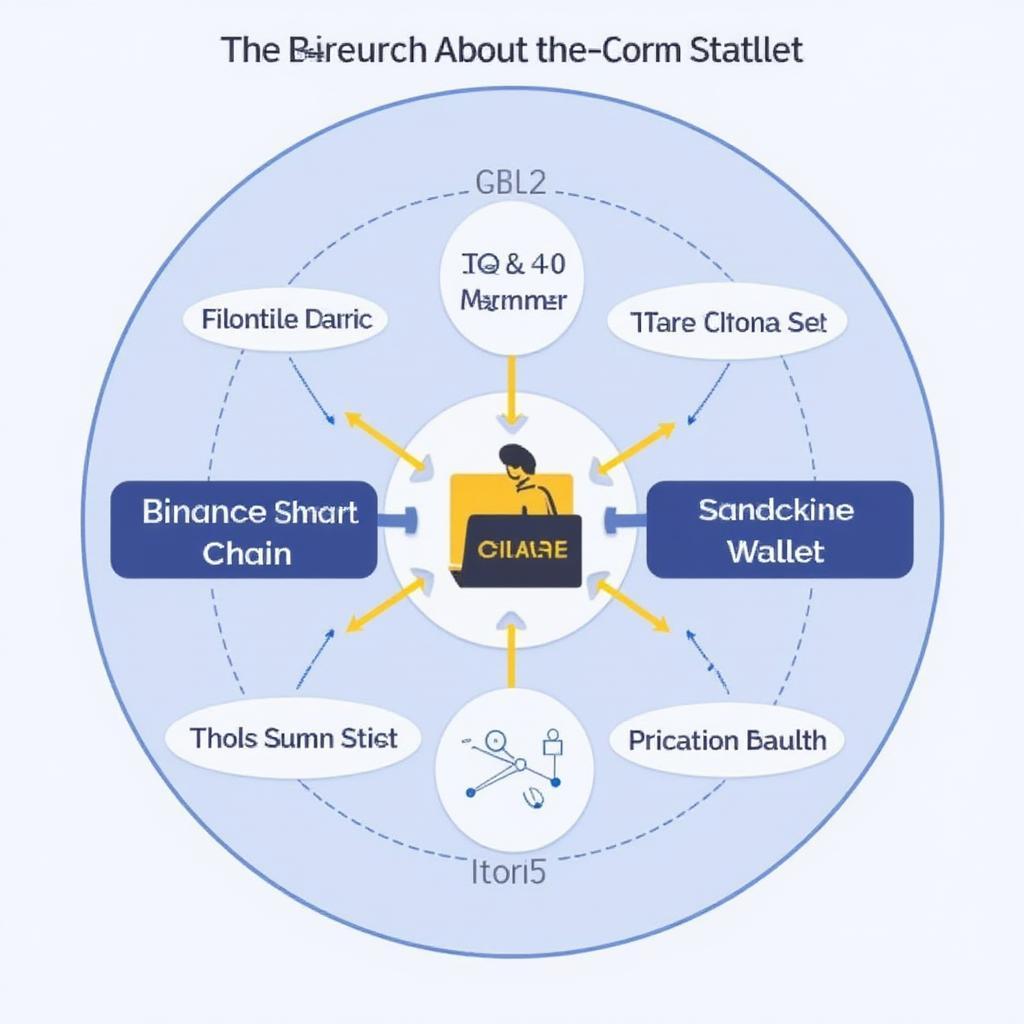Mastering Binance API for Algorithmic Trading and App Development

The Binance API provides a powerful gateway for developers and traders to interact directly with the Binance exchange, enabling automated trading, data analysis, and app development. Whether you’re building a sophisticated trading bot or a user-friendly mobile app, understanding the Binance API is crucial for success in the cryptocurrency market. This comprehensive guide will delve into the intricacies of the Binance API, exploring its functionalities, benefits, and practical applications.
Unveiling the Power of the Binance API
The Binance API (Application Programming Interface) acts as a bridge, allowing your applications to communicate seamlessly with the Binance platform. This communication enables you to access real-time market data, execute trades, manage your account, and much more, all programmatically. By leveraging the API, you can bypass the limitations of the Binance web interface and unlock a world of possibilities for automated and customized interactions. The Binance API opens doors to creating sophisticated trading algorithms, developing custom trading dashboards, and building robust cryptocurrency applications.
Key Features and Functionalities of the Binance API
The Binance API offers a rich set of functionalities designed to cater to the diverse needs of traders and developers. Some of the core features include:
- Market Data Retrieval: Access real-time price feeds, order book data, and historical trade information for all trading pairs available on Binance. This data is essential for informed decision-making and developing effective trading strategies.
- Order Placement and Management: Execute various order types, including market orders, limit orders, and stop-loss orders, directly through the API. You can also monitor the status of your orders, modify existing orders, and cancel orders as needed.
- Account Management: Retrieve account balances, transaction history, and open positions. This functionality is essential for tracking your portfolio performance and ensuring accurate record-keeping.
- User Data Stream: Receive real-time updates on account activity, such as order fills, balance changes, and trade executions, via a WebSocket connection. This allows for immediate responses to market events.
- Withdrawal and Deposit Management: Automate cryptocurrency withdrawals and deposits, streamlining your fund management processes.
Building Your First Binance API Application
Getting started with the Binance API involves a few key steps:
- API Key Creation: Generate API keys on the Binance platform. Ensure you enable appropriate permissions for your intended use case while prioritizing security best practices.
- Choosing the Right API Client Library: Select a suitable API client library for your preferred programming language (e.g., Python, JavaScript). These libraries simplify the process of interacting with the API by providing pre-built functions and handling authentication.
- Authentication and Security: Implement robust authentication mechanisms to secure your API interactions. Utilize API keys and secrets securely, and consider using IP whitelisting for enhanced protection.
- Data Retrieval and Processing: Utilize API endpoints to retrieve the required market data, such as price ticks or order book information. Process this data according to your application’s requirements.
- Order Execution and Management: Implement functions to place and manage orders through the API. Consider error handling and retry mechanisms to ensure robust operation.
Binance API: The Engine Behind Algorithmic Trading
The Binance API is the cornerstone of algorithmic trading strategies. By automating trading decisions based on predefined rules and market conditions, you can eliminate emotional biases and potentially enhance trading efficiency. Popular algorithmic trading strategies using the Binance API include:
- Arbitrage Trading: Exploit price discrepancies between different trading pairs or exchanges.
- Market Making: Provide liquidity to the market by placing both buy and sell orders.
- Trend Following: Capitalize on sustained price movements by identifying and following market trends.
- Mean Reversion: Profit from temporary price deviations by betting on a return to the average price.

Building a Custom Crypto Trading App with Binance API
The Binance API empowers you to develop customized cryptocurrency trading applications tailored to your specific needs. Whether you’re building a mobile trading app, a web-based trading platform, or a desktop application, the Binance API provides the necessary tools and functionalities.
Key considerations for developing a trading app with the Binance API:
- User Interface Design: Create an intuitive and user-friendly interface that simplifies complex trading operations.
- Real-Time Data Updates: Implement efficient mechanisms to display real-time market data and order status updates.
- Security and Privacy: Prioritize security and protect user data by implementing robust authentication and encryption protocols.
- Scalability and Performance: Design your application to handle high volumes of data and user requests efficiently.
Choosing the Right Binance API Endpoints
The Binance API offers a wide range of endpoints, each serving a specific purpose. Understanding the purpose of each endpoint is crucial for efficient API utilization.
/api/v3/ticker/price: Get the latest price for a symbol or all symbols./api/v3/depth: Get order book depth data for a symbol./api/v3/klines: Get candlestick data for a symbol./api/v3/account: Get account information./api/v3/order: Place a new order.
Navigating Rate Limits and Best Practices
The Binance API has rate limits to prevent abuse and ensure fair usage. Understanding and adhering to these limits is crucial for avoiding API request rejections. Implement strategies such as request batching and caching to optimize API usage and stay within the rate limits.
“Leveraging the Binance API allows traders to unlock the full potential of automated trading strategies, achieving greater efficiency and potentially improved returns.” – Dr. Amelia Sharma, Quantitative Analyst at CryptoQuant Solutions
Conclusion
The Binance API offers a powerful suite of tools for traders and developers seeking to engage with the cryptocurrency market programmatically. From building sophisticated algorithmic trading bots to developing custom trading applications, the Binance API provides the foundation for innovation and success in the dynamic world of crypto finance. By mastering the Binance API, you gain a significant edge in navigating the complexities of the crypto market and achieving your financial goals.
FAQ
-
What programming languages are supported by the Binance API? The Binance API supports various programming languages through community-developed client libraries, including Python, Java, JavaScript, and more.
-
Is there a test environment for the Binance API? Yes, Binance provides a testnet environment where you can experiment with the API without risking real funds.
-
How secure is the Binance API? Binance employs industry-standard security measures, including API key authentication and IP whitelisting, to protect user accounts and data.
-
What are the rate limits for the Binance API? The Binance API has specific rate limits that vary based on the endpoint and user’s VIP level. Refer to the official Binance API documentation for detailed information on rate limits.
-
How do I handle API errors? Implement robust error handling mechanisms in your code to gracefully handle API errors and prevent application crashes.
-
Can I use the Binance API for mobile app development? Yes, the Binance API can be used to develop mobile trading applications for iOS and Android platforms.
-
Where can I find the official Binance API documentation? The official Binance API documentation is available on the Binance website.
-
Are there any fees associated with using the Binance API? Standard Binance trading fees apply to trades executed through the API.
-
What are the best practices for using the Binance API? Follow security best practices, adhere to rate limits, and utilize client libraries for efficient interaction with the API.




